Career Foresight: Reframing Career Development for the 21st Century

Strategic Foresight and its most common tool scenario planning have been used successfully at the corporate planning level for decades Today, many other organizations like Intel, Ford and Disney employ futurists to leverage foresight tools for organization-wide strategy development and innovation.
Yet the power of foresight lies not primarily in its tools and methods but in its ability to alter perspectives. For this reason, Strategic Foresight is the key to reframing our outdated, Industrial Age processes that are no longer effective in our Postnormal environment. One such antiquated process is Career Development. Organizational career development began in the 1960’s but the practice of career counseling can be traced back to as early as 1890. It should be no surprise then why this relic from the 19th century is unable to keep pace with our 21st century world. What is needed today is Career Foresight – an ongoing process that allows us to translate the weak signals in our external environment into multiple patterns and narratives, revealing hidden opportunities and uncovering potential threats.
Strategic Foresight is a discipline, but it’s actually best served as a philosophy running in the background and supporting all of your decision-making and actions (think operating system versus just another “app”). Similarly, we should not relegate our career development efforts to an isolated, annual exercise. This continual planning process is what we call Natural Foresight® and it includes the following steps: Discover, Explore, Map and Create.
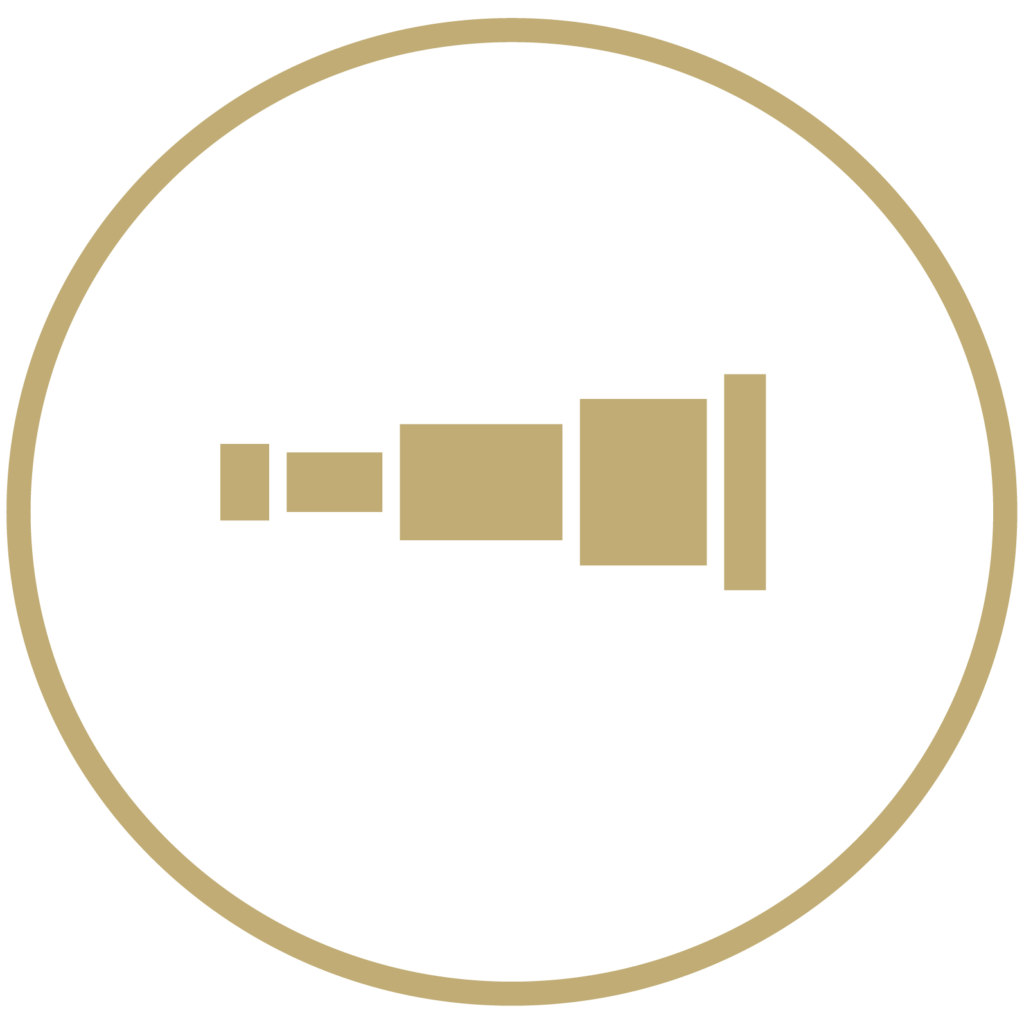
Discover: Examine Your Biases and Assumptions
We all have a natural filter for information. It’s what keeps us sane in a world that is constantly bombarding our senses with data. Unfortunately, in an environment of volatile change (that we live in each day) this filtration system can be our worst enemy, leading us to unconsciously discount new opportunities if they don’t exactly line up with our current perspectives.
One way to address this natural human limitation which causes us to filter out data that does not coincide with our values is to discover what those values are. More specifically, individuals can use Narrative Transformation (a foresight tool based on the Causal Layered Analysis method) to uncover their current story – from the more obvious “plot” elements like educational accomplishments and work experience to the unspoken images that define how we view the world. It is through this process that we can begin to open our minds to new opportunities that the future has to offer.
Explore: Scan the External Environment to Uncover Hidden Opportunities
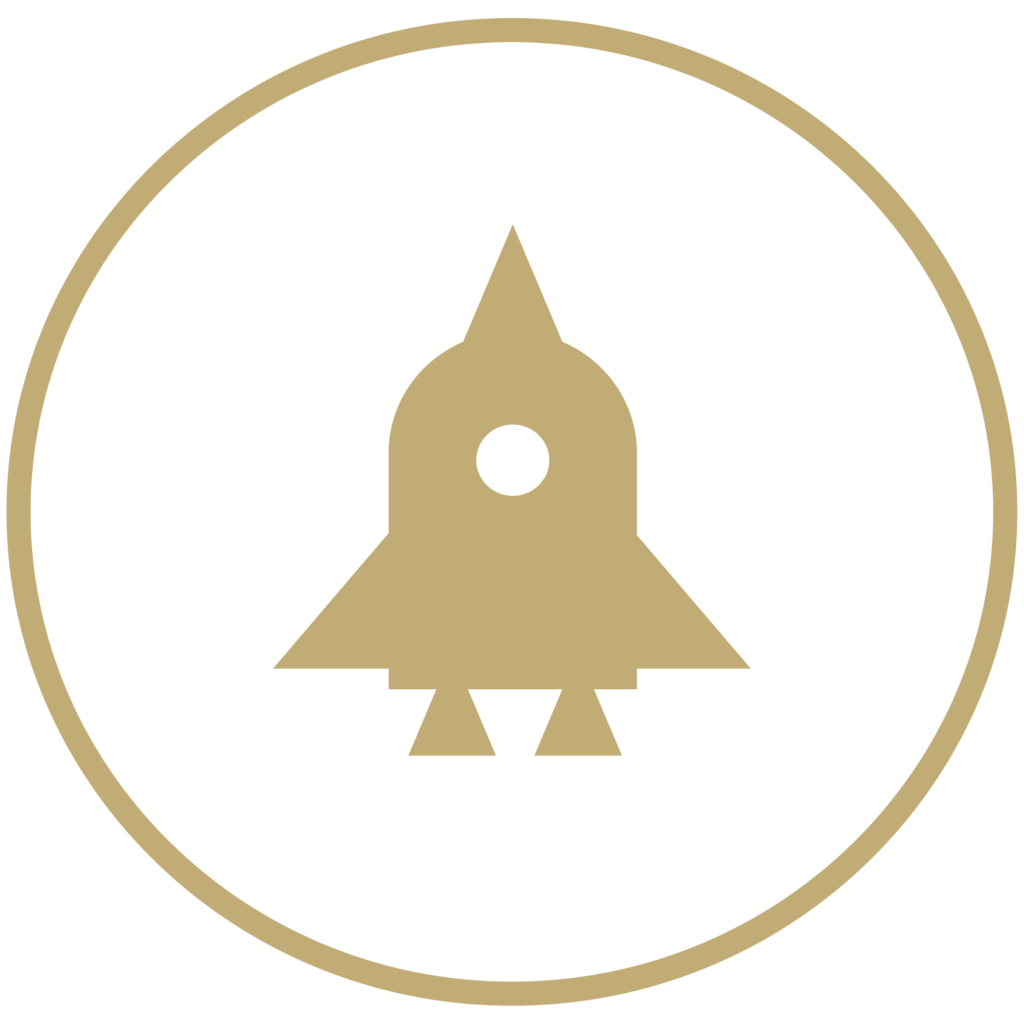
Once we’ve addressed our ability to accept new information, we can begin to scan the external environment for trends and emerging issues that will shape our future career options and pathways. Scanning allows us to explore and interpret both our internal and external environments in order to better understand how emerging issues will impact us in the future.
The extent to which we are able to scan across the three environments of Strategic Foresight (Micro, Meta and Macro) will determine our ability to seize untapped opportunities while simultaneously preparing for disruptors.
Macro Environment
Foresight efforts begin in this most external arena where broad drivers of change first emerge. Exploring trends and weak signals in the Macro Environment, across society, technology, the environment, economics and politics (STEEP) ensures we do not become insulated in our subject-matter expertise and prevents us from being blindsided by changes originating from outside our marketplace. In the volatile and uncertain landscape of the 21st century, disruptors will likely not come from your industry but, instead, from competitive spaces you aren’t even considering today. Think about Kodak and Polaroid. Would they have guessed that phones would usurp them?
Meta Environment
The next level of environmental scanning for personal futures includes our key stakeholders, networks and connections. In this Meta realm, we consider our peers, co-workers, family members, mentors, advisors and advocates. The diversity of this web of influence will directly impact our ability to create an adaptive, resilient and transformative future. As our capacity to connect seamlessly to others across the globe increases and the shelf life of information decreases, we are quickly entering an age where reputation will trump certification. Rather than relying on traditional formal education, we must leverage open learning; instead of rote memorization, we need to perfect the skill of ‘googling’; and instead of using social media to share cat videos, we need to embrace it as the new way to connect and get work done.
Micro Environment
The final environment is the most personal. The Micro Environment includes our values, assumptions, biases and worldviews. This level is also often called your “Focal Issue.” Here we consider your internal perspectives and views about the future while exploring your “personal DNA.” Unlocking our core passions allows us to reach our higher order purpose. In the same way that organizations remain true to themselves while striving for growth, we, too, can uncover those elements that make us who we are while transforming them to new heights.
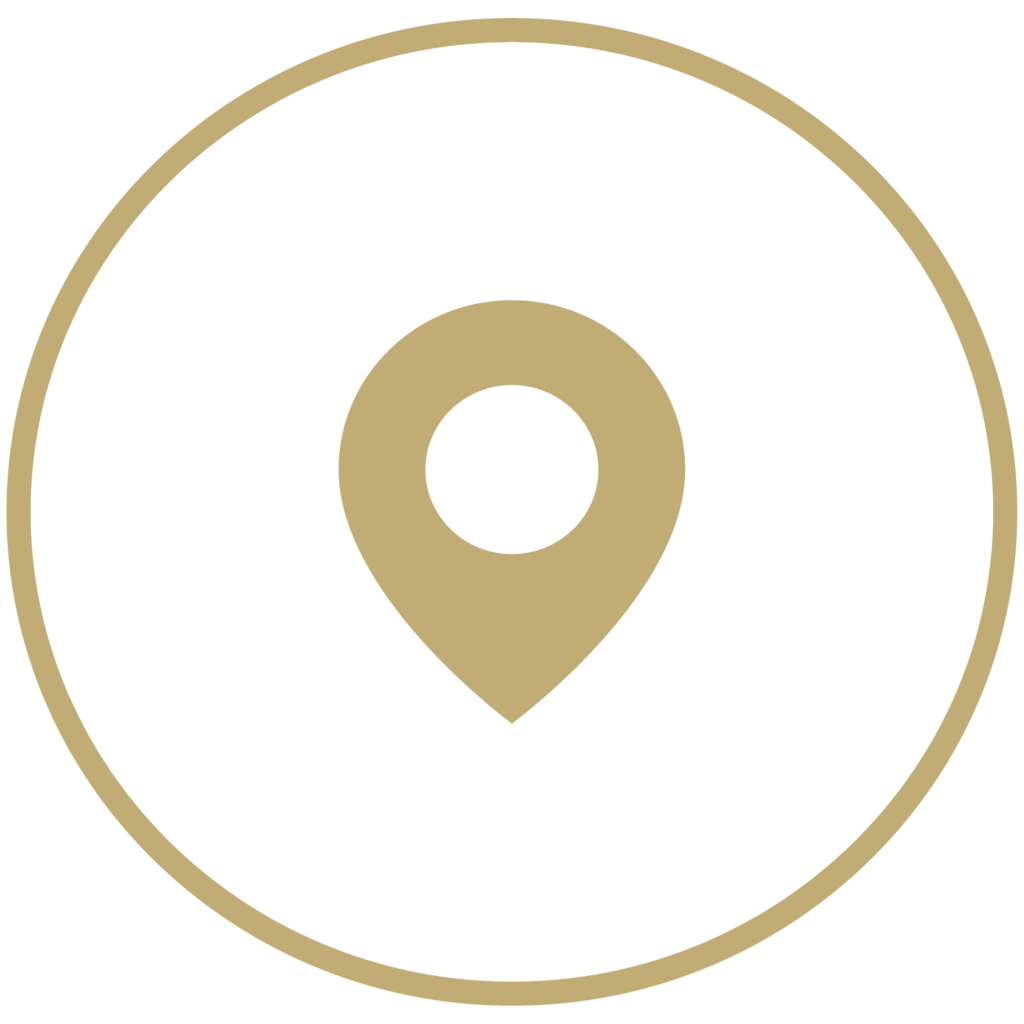
Map: Develop Future Scenarios and Innovations Based on Today’s Trends
As many corporations (including organizations we’ve worked with) have demonstrated, scenarios are an incredibly powerful tool due to their ability to immerse an organization into future probabilities, possibilities and aspirational outcomes. These stories allow them to assess the validity, robustness and future-readiness of their current strategies, while also uncovering new ideas, products and models that they would have otherwise missed. These same benefits emerge when scenarios are applied to career foresight.
Traditional Career Development methods fail for the same reasons that our mainstay financial and strategic planning methods do – they assume that the future will be a linear extrapolation of the past. Not only is this inaccurate, it’s also dangerous. By attempting to forecast the future in a linear manner we create an “official future” mindset that leaves us blind to outside opportunities and threats. Instead, we must create several divergent narratives that will allow us to be successful no matter what future emerges.
Create: Design and Execute Specific Action Plans
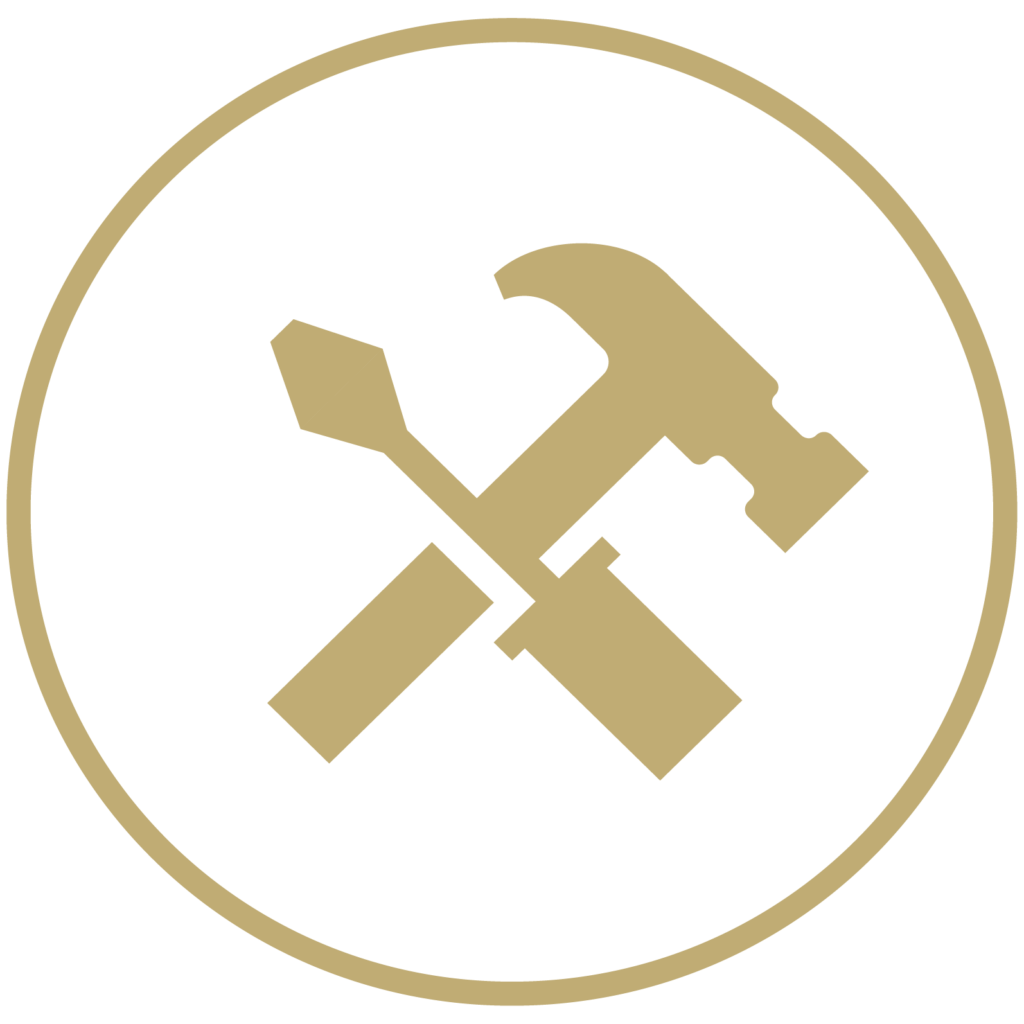
Thinking about the future without taking action is a fruitless effort, so the Natural Foresight method includes tools to design, test and execute our strategies. One example is backcasting. When we attempt to advance toward the future from where we are today, it can be very difficult. Not only do we tend to believe that the future will be a simple extrapolation of what we see today, but we have a hard time imagining a future that is more than a few years away. This can be problematic, stopping us from understanding how we might actually achieve true transformation or any version of our goals and aspirations. Backcasting is a powerful tool that begins with those aspirations and works backwards, detailing the physical and strategic milestones that must be implemented in order to reach our preferred future outcomes. In this way, disbelief about the future is suspended, and strategic vision and design around those goals can be explored as if the goal has already been achieved.
Begin Creating Your Future Today!
While it’s impossible to distill a discipline that’s been in use for over 40 years in a blog post, there are ways you can begin to create your future today using foresight.
- Challenge Assumptions and Old Ways of Thinking – If you think an idea is ridiculous, ask yourself “why?!”
- Start From the Outside In – Subscribe to three magazines you would normally never pick up and read them cover to cover for a year.
- Think in Simultaneous Multiples – Forget about the “career ladder” or even the “lattice,” and sketch out three or more divergent stories about possible futures for yourself (personal or professional) over the next 10 years.
- Pull Yourself to the Future – While it’s important to remain aware of the trends that will “push” us into the future, we often forget about the other end of the spectrum, the “pull” of the future which allows us to visualize our aspirations and create a map to them, regardless of what threats may emerge.
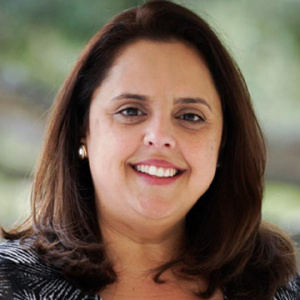
Yvette Montero Salvatico
Co-Founder
Managing Director
Holding a bachelor’s degree in Finance and an MBA from the University of Florida, Yvette has over 15 years of corporate experience with large, multi-national firms such as Kimberly-Clark and The Walt Disney Company. Before co-founding TFSX, she led the effort to establish the Future Workforce Insights division at the Walt Disney Company, identifying future workforce trends and leveraging foresight models and techniques to assess potential threats and impacts, emerging ideas, and exciting opportunities for the organization.
Read More
